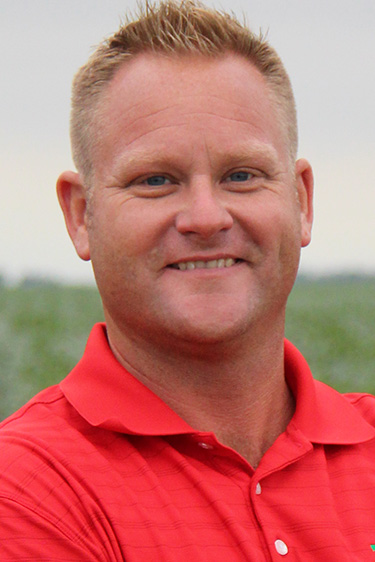ILSOYADVISOR POST
Early planting of soybeans and population
Planting soybeans early? Consider reducing the population to let the plant exploit this opportunity.
2016 allowed many growers in Illinois to plant soybeans earlier than they have in previous years. For some, it was their first time planting soybeans in April. The yield differences of April versus May planted beans have caught the attention of most growers and those without much early planting experience may be surprised by recommended seeding rates for April-planted beans.
Planting in April often means cooler and possibly wetter soil conditions. These conditions are prime for soil-borne diseases such as Phytophthora. The typical thought process would be to bump up seeding rates to account for possible stand reductions due to seedling loss. In fact, some agronomists recommend reducing seeding rates in the mid-late April planting dates.
With most growers planting treated seed, early seedling protection is provided by a blend of seed applied fungicides. Most “standard” seed treatments have two if not three fungicides as part of their packages. These treatments offer protection from Phytophthora, Pythium, Fusarium and Rhizoctonia.
Soybeans planted in April can harvest more sunlight than those planted in May, assuming the actual emergence dates are different. When a soybean plant harvests more sunlight, it spends more time in vegetative phases as well as the R1 phase. The plant then can add additional nodes of growth, which its May-planted counterpart cannot. Reducing population in April allows for the plant to not over-compete with neighboring plants, leading to excessive vegetative growth, wasted energy and, ultimately, lodging.
Increasing planting populations to compensate for reduced nodes shouldn’t begin until around May 10. Studies have shown that growers give up .3- to .4-bushel per day when planting after May 10. Later May planting is also subject to possible crusting due to warmer temperatures. In these instances, higher populations may help seedlings push through the crusting or buffer stand losses. With April being cooler and wetter, crusting is less of a concern.
Growers should work with their plot cooperators or agronomists to see what populations work in their soil types. It is tempting to increase planting populations in April with conditions that seem likely for stand loss, but with an investment in a quality seed treatment and planting in good soil conditions, growers should have the confidence to maintain or reduce their populations.
Soybeans are a rugged and resilient crop. Let’s all hope 2017 allows us the opportunity for timely soybean planting dates. And by timely, I mean in April!
Kris Ehler was the first Illinois Soybean Association CCA Master Adviser award winner in 2017.





Comments
Add new comment